10 Takeaways From Verizon's 'State Of The Market: Internet Of Things 2017'

IoT for B2B
Move over, consumer apps: IoT is making headway into the enterprise this year, according to Verizon's "State of the Market: Internet of Things 2017" report.
Verizon's third-annual report looks at the business value of IoT through both original and third-party research, as well as case studies. This year, IoT has made strides in a few areas, including platform development and on the security front. While IoT is becoming more enterprise-friendly as opposed to just a consumer play, the pace of adoption is still slow, leaving room for solution providers to step in and help their customers consider IoT to improve their own businesses.
Here are 10 takeaways from Verizon's report.

Enterprise Momentum
So far, most IoT deployments have been simple use cases, like data and asset tracking. But regulatory compliance within industries like medical and energy is just starting to push IoT into enterprise-grade territory especially as these businesses realize that IoT can help with issues such as sustainability, safety, and even revenue growth.
According to Verizon’s survey, the top IoT deployment objectives for enterprises are customer service (33 percent), management of assets (26 percent), and production and delivery capabilities (25 percent).
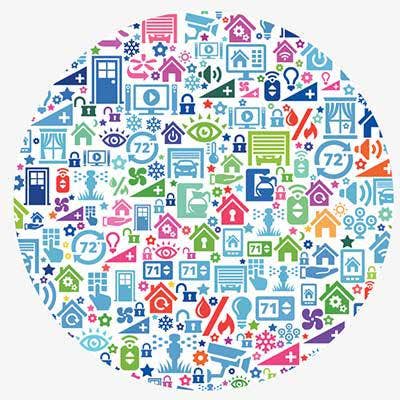
IoT Adoption Still Slow
The absence of industry-wide IoT standards, along with lingering concerns around security, interoperability and cost considerations, are still impacting IoT adoption and will likely to continue for the next several years, the report found. In fact, the report noted that most enterprise IoT projects are still in the proof-of-concept or pilot phase, not in production.
On top of these concerns, many companies are also constrained by long capital cycles, organizational inertia and a shortage of talented staff that can develop and deploy IoT, the report said, noting that the "sudden emergence" of a killer IoT app in the enterprise space could turn that trend around.
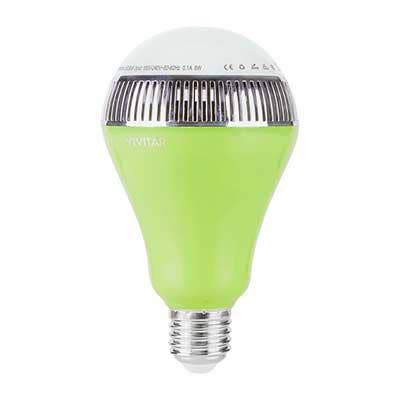
Enter The Low-Power Network
Rather than using the traditional cellular networks, which can result in higher connectivity costs and drained batteries in connected devices, 2017 saw the introduction of low-power networks that can help lower costs and enable organizations to deploy IoT quicker.
In March, Verizon launched its nationwide 4G LTE Cat-M1 network which was designed specifically for IoT use cases. Verizon's Cat-M1 network offers flexible data plans at competitive rates, according to the carrier. IoT connectivity is still evolving, with Cat-M chipsets entering the market this year. Cat-M chips are LTE-based and designed for IoT sensors.
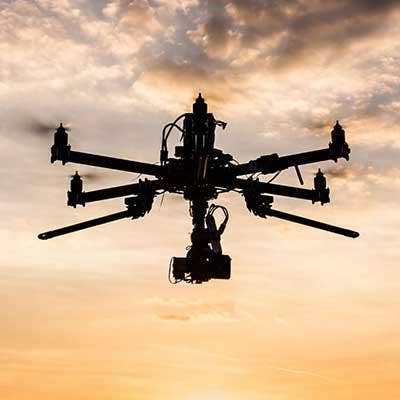
The Drone Opportunity
IoT is clear to take to the skies now that the Federal Aviation Administration (FAA) has made a regulatory change that eased the rules governing unmanned aerial vehicles (UAVs) and drones last year. As such, analysts expect enterprise and commercial use cases to expand exponentially, which could mean more opportunities to use drones for emerging IoT use cases.
For example, drones equipped with cameras and sensors can stream data in real-time. These could be used to monitor the health of crops in the field, maintenance conditions of hard-to-reach pipelines, communication towers, or for industrial inspection use cases, the report suggested.

IoT Still Going Strong In Energy, Utility Sector
One of the very first IoT use cases -- and still considered to be the low-hanging fruit today -- is energy and utility companies leveraging IoT to automate and enhance distribution grids. Electric, gas, water providers today are using smart meters and sensors and integrated IoT energy platforms to improve management and monitoring, boost security, address compliance, and deliver new customer services. This is helping these companies better understand trends around energy consumption and more quickly address outages.
IoT is modernizing the energy and utility industries, and the trend isn't stopping. These industries are leading the way with IoT investments in 2017, the report said.
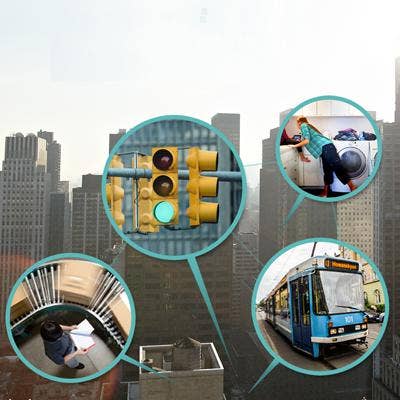
Making Strides In Smart Cities
Smart city use cases are starting to pop up more in 2017 as IoT platforms mature and add new services designed to improve urban living. Use cases include intelligent traffic and parking capabilities, and digital kiosks for connecting citizens with mapping applications and real-time transit schedules.
Free Wi-Fi is catching on in many U.S. cities, which is serving as a stepping stone for these cities to start rolling out smart city applications, the report found.
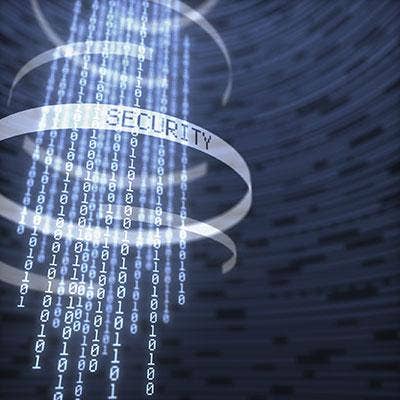
IoT Security Still Top Of Mind
It's no surprise that security still sits at the top the list of enterprise concerns around IoT. Many companies are aware that large volume of data that IoT sensors and endpoints collect can expose a business to risks, such as brand reputation impacts, information breaches, and even cost them relationships with business and supply chain partners. IoT devices often can't run anti-virus applications because of the generally low amount of computing power they possess.
This concern won't be going away anytime soon. However, many vendors and OEMs are starting to "bake in" security to the IoT process and platforms, according to the report.
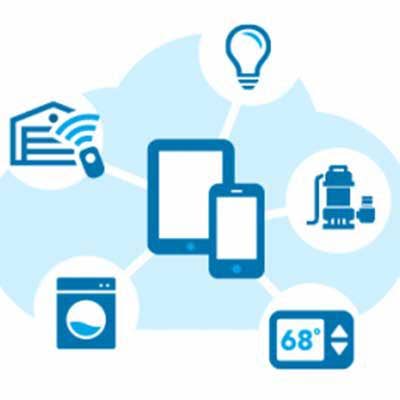
Offering The Full Stack
IoT is becoming less nebulous a concept as platforms such as Apple HomeKit, Verizon ThingSpace, IBM Watson and Cisco Jasper offer a secure IoT infrastructure and tools that let developers build and manage their own IoT applications.
These "full-stack" platforms are bringing most of the pieces together that helping solution providers interested in building IoT practices, as well as end customers, need to start up an IoT service, the report said. To offer the full stack (or something close), many vendors are getting there through acquisitions, a trend that will likely continue.
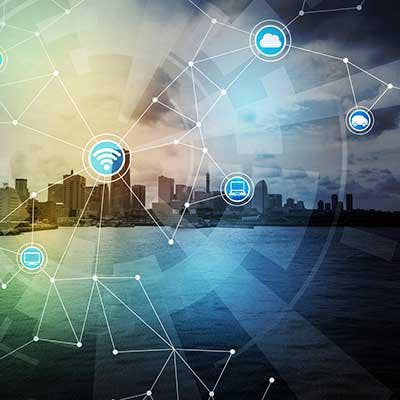
Translating IoT
To get the most out of IoT, businesses must be able to convert IoT data to meaningful and actionable information after collecting it. Companies must be able to use the information to make better decisions based on real-time conditions, but if it can't be collected and stored effectively, the data is "of absolutely no help," according to Verizon.
This is where IoT platforms are starting to shine. These offerings can help both solution providers and partners make sense of often-fragmented IoT data with reporting and analytics capabilities while taking the complexity out of endpoint management. These platforms are helping businesses convert IoT data to cost savings, the report said.
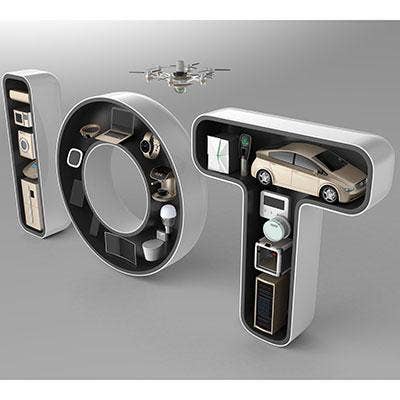
Less Is More
For now, many businesses seem content with starting small and deploying simple IoT uses cases, like tracking data and or being able to send status alerts, the report found. While these use cases are easy to spin up for these businesses, as well as solution providers that may be helping, these use cases often lack data analytics. Customers that don't go any further with IoT won't obtain its full value, according to the report.
While this trend will likely continue into the immediate future, analysts referenced in the report said that "the lion's share" of revenue projections for IoT will happen in the B2B space, not the consumer segment, opening the door for many solution providers to get involved and help their clients take advantage of IoT.